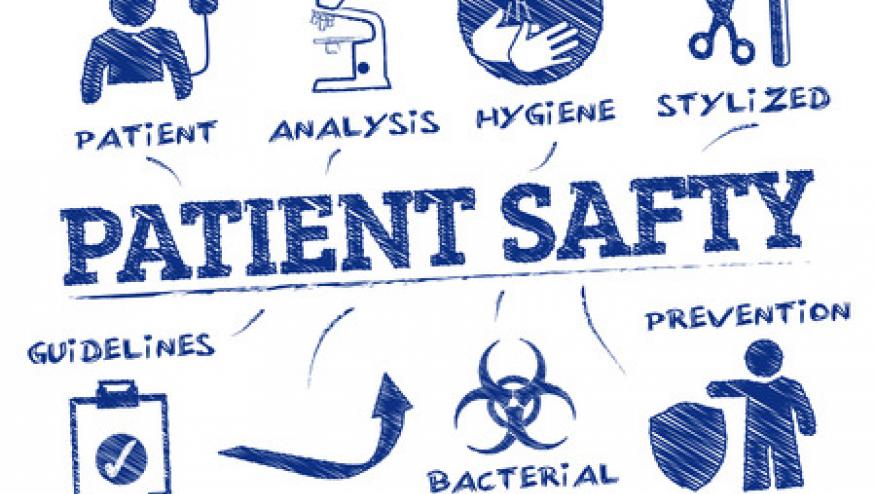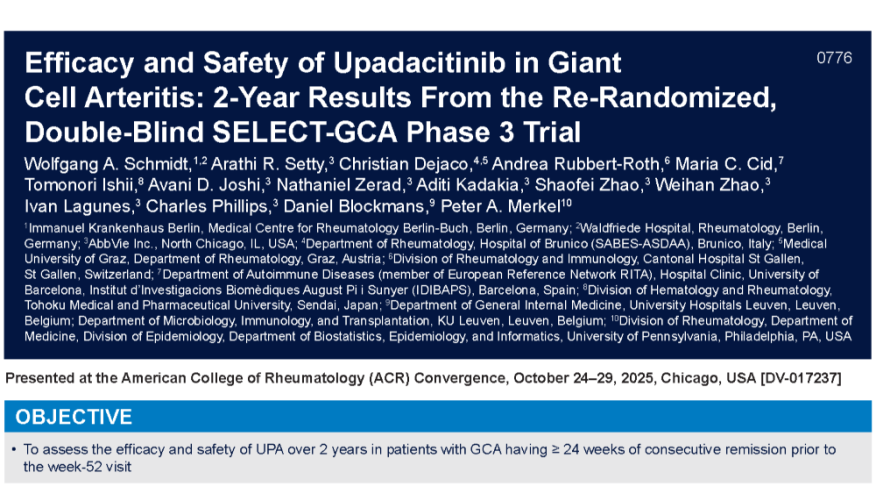Adverse Events With Rheum Biologics Rise With Age Save

Among patients with rheumatic diseases, age and female sex were important factors associated with the development of a first adverse event after initiating biologic treatment, Spanish researchers reported.
Compared with young patients -- those under 25 -- the adjusted incidence rate ratio for a first adverse event was 1.42 (95% CI 1.13-1.77, P=0.002) for those considered elderly -- ages 65 to 75 -- and 1.89 (95% CI 1.27-2.81, P=0.002) for those considered very elderly (over age 75), according to Federico Díaz-González, MD, of Unidad de Investigación SER in Madrid, and colleagues.
And for women, the incidence rate ratio was 1.43 (95% CI 1.23-1.66, P<0.001), the researchers reported online in Arthritis Research & Therapy.
Demographic trends and improvements in treatment have led to more patients with rheumatic diseases living to advanced ages, with a 2017 study showing that the mean age of disease onset for rheumatoid arthritis (RA) had increased during the previous decade from 55.8 to 59.9.
Data on risks associated with biologic and the newer targeted synthetic disease-modifying antirheumatic drugs (DMARDs) such as those that block specific cytokines derive mainly from clinical trials, but the elderly and those with comorbidities have often been excluded from those studies. Real-world studies are needed to address the lack of information on adverse events in older rheumatic patients.
Accordingly, the researchers conducted a multicenter prospective real-world study using data from the Spanish BIOBADASER registry of patients with RA, psoriatic arthritis (PsA), or ankylosing spondylitis (AS) treated with biologics, including biosimilars, or targeted synthetic DMARDs during the years 2000 to 2018.
Of the 2,483 patients included, the majority were adults (ages 25 to 64), and almost half had RA. Disease duration ranged from 2.72 years in the young to 8.19 years in the very elderly.
Comorbidity scores as measured on the Charlson index increased from 1.02 among the young to 2.07 for the oldest patients. The use of methotrexate also increased from 41.8% of the younger group to 60% of the very elderly group, and corticosteroid exposure rose from 27.78% to 71.74%.
Among the overall cohort, factors other than age and sex that were associated with increased probability of a first adverse event included concomitant use of methotrexate (IRR 1.40, 95% CI 1.22-1.61, P<0.001) or other conventional DMARDs (IRR 1.29, 95% CI 1.12-1.50, P=0.001), current or past smoking (IRR 1.31, 95% CI 1.12-1.52, P=0.001), and higher comorbidity scores on the Charlson index (IRR 1.14, 95% CI 1.07-1.22, P<0.001).
The researchers also looked at the probability of having a first adverse event according to specific diagnosis. The very elderly had greater risks if they had RA (IRR 1.76, 95% CI 1.18-2.61, P=0.005) or PsA (IRR 4.40, 95% CI 1.30-14.87, P=0.017), but not AS.
Among patients with RA, other contributory factors for a first adverse event included comorbidities (IRR 1.08, 95% CI 1-1.17, P=0.048) and current or past smoking (IRR 1.28, 95% CI 1.05-1.57, P=0.015).
For PsA, greater probability was seen among women (IRR 1.60, 95% CI 1.26-2.04, P<0.001), and with the use of methotrexate (IRR 1.31, 95% CI 1.01-1.68, P=0.041), other conventional DMARDs (IRR 1.43, 95% CI 1.09-1.88, P=0.01), or corticosteroids (IRR 1.48, 95% CI 1.13-1.93, P=0.004).
For AS, the increased probability of a first adverse event was seen for women (IRR 1.42, 95% CI 1.09-1.85, P=0.01), the use of methotrexate (IRR 1.56, 95% CI 1.13-2.14, P=0.006), greater comorbidities (IRR 1.28, 95% CI 1.06-1.54, P=0.01), and disease duration (IRR 1.02, 95% CI 1.01-1.03, P=0.004).
With regard to the increased risk associated with methotrexate, Díaz-González and co-authors noted that some previous studies have also found higher rates of adverse events among elderly patients with the use of this drug, although this might have reflected impaired renal function rather than simply age.
A limitation of their analysis, the researchers pointed out, was that "the aging process is not experienced uniformly across the general population due to differences in genetics, lifestyle, and overall health."
Disclosures
The BIOBADASER registry is supported by the Spanish Agency for Medicine and Health Products, Biogen, Bristol-Myers Squibb, Celltrion Healthcare, Eli Lilly, Merck, Novartis, Pfizer, Regeneron, and Samsung Bioepis. The authors reported financial relationships with Merck Sharp & Dohme, Celgene, AbbVie, Eli Lilly, Novartis, Roche, Pfizer, Janssen, Schering Plough, and Wyeth.
Source Reference: Vela P, et al "Influence of age on the occurrence of adverse events in rheumatic patients at the onset of biological treatment: data from the BIOBADASER III register" Arthritis Res Ther 2020; DOI: 10.1186/s13075-020-02231-x.










If you are a health practitioner, you may Login/Register to comment.
Due to the nature of these comment forums, only health practitioners are allowed to comment at this time.